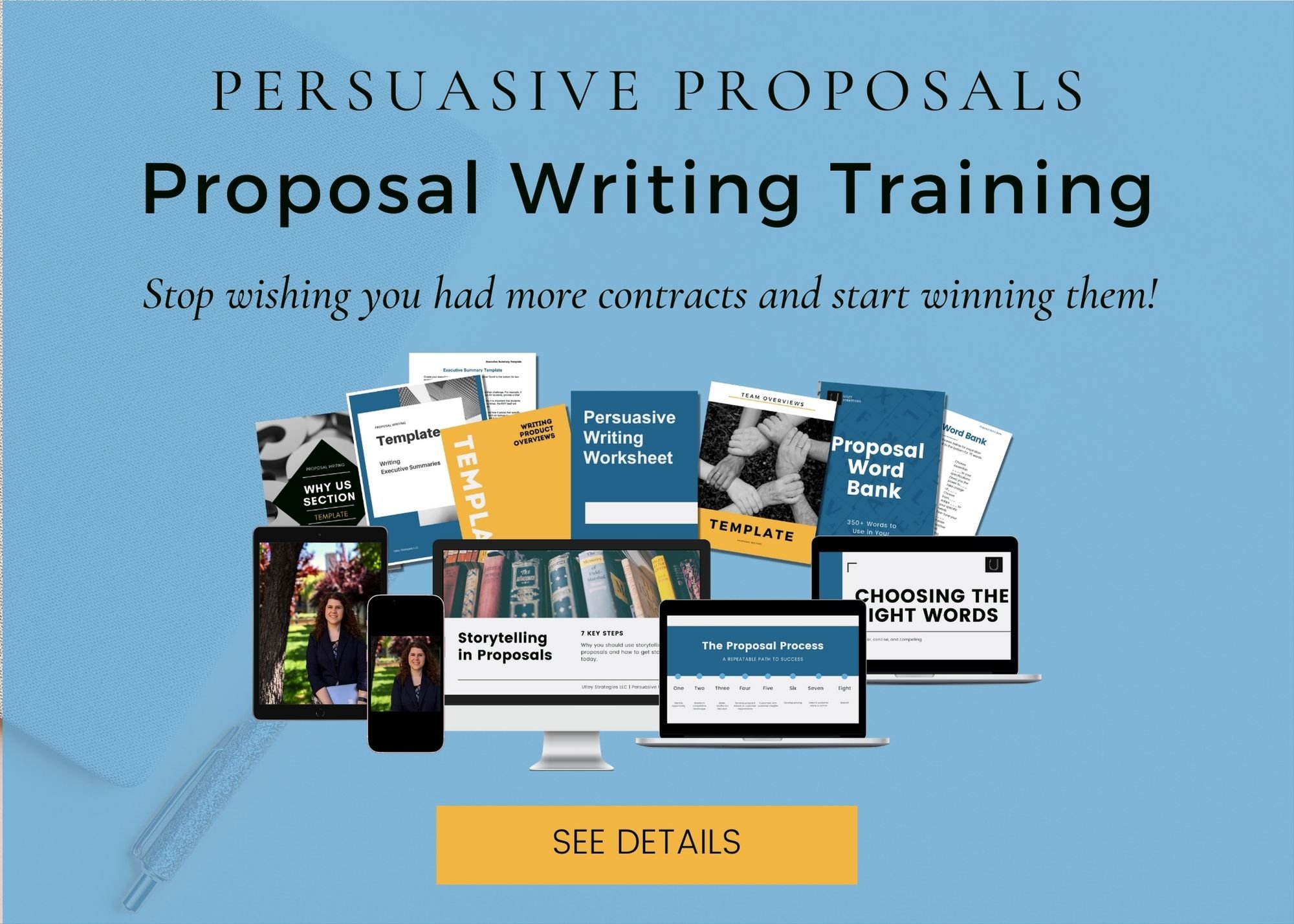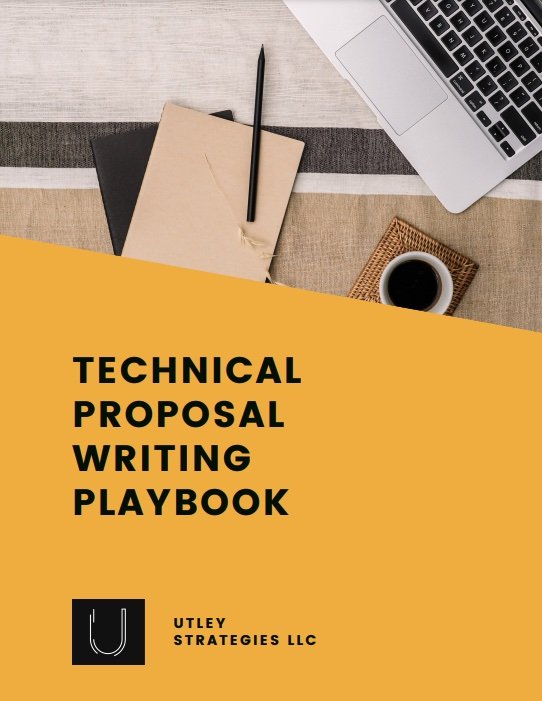Two Writing Techniques that Persuade Buyers
Like any type of persuasive writing, proposal writing performs best when key persuasive techniques are used. Many companies fall into the trap of outlining a black and white proposal that details the offering without focusing on how to actually sell within the proposal.
If you find that your proposals aren’t performing as well as you like, these two persuasive writing techniques can help your content better resonate with the buyer and result in more projects.
Two key writing techniques
It’s said that buyers decide on a purchase with emotion and then justify it with logic. While many processes are in place to reduce emotional bias when purchasing for large organizations, at the end of the day, buying committees are still made up of people with goals and frustrations. Recognizing this and addressing the human side of the purchasing company can help your proposal sell for you and reassure the customer that you understand exactly what they need.
You can accomplish this by incorporating both logical and emotional appeals within your content. Read on to learn how.
Incorporating emotional appeals into proposals
Emotional appeals are when you address the buyer’s hopes, dreams, goals, fears, and challenges within your proposal. You likely already do this during sales meetings – it’s a standard part of the discussion to make sure that they invest their money in an area that will actually help solve their challenges. The key step that many companies miss is actually translating this to your proposal content.
When you tap into the buyer’s emotions in your proposal, you show that you understand their current situation and can help them move to their ideal state.
To do this, you need to have a deep understanding of the customer in three main areas:
Understand buyers’ goals
If you can only achieve one of these three, understanding the buyer’s goals is where you should focus. The goal here is to know what they want to achieve, and how your solution can help make that happen. Once you know their goals, update your proposal content to speak to their ideal state. Your proposal should feel more positive, hopeful, and optimistic with the new content. Readers should ideally walk away feeling inspired to work with you because you understand exactly where they want to go.
Current challenges
On the flip side, you need to understand the current challenges that the customer faces that are preventing them from moving to that ideal state. Often this comes down to inefficiencies, too much time spent on other areas, lack of resources, and reliance on old systems. Challenges vary based on each organization, however, so don’t assume that you know what they’re currently facing.
Once you identify the customer’s current challenges, you can pair this with their goals in your proposal to show that you will move them from the current state (challenge) to their ideal state (goal).
Uncover their fears
The last big factor to incorporate into your proposal is the buyer’s fears. You can also think of these as objections that might prevent them from choosing to work with you. When speaking with the buyer about their challenge and transitioning to the new state, ask what is preventing them from doing so right now and if they have any hesitations. This will help you to uncover their fears associated with the project.
Often the biggest fear is that investing in a solution won’t solve the problem, which means they will have lost money and still be in the current situation. Your goal when you discover the customer’s fears is to directly address it in your proposal and show why working with your company can put those fears to rest.
Incorporating logical appeals
If we assume buyer’s buy based on their emotions, then logical appeals are how they justify those decisions. The goal with this type of appeal is to provide facts to back up any of the emotional claims you make within your proposal. You might say that the customer doesn’t have to worry about losing money when they work with you, but you prove it through case studies, showing your team’s certifications, and sharing the total number of clients you’ve worked with. Let’s look at a few types of logical appeals you can include in your proposal.
Quantifiable metrics
If you have anything quantifiable that shows your company’s expertise or ability to perform, then include that in your proposal. Examples include quantifying the return on investment of working with you, the reduced number of customer support tickets (if that’s what you solve), how many hours they will save by implementing your technology, and so on. Not every company has something quantifiable, but many do. You can even ask current customers if they’ve noticed any measurable improvements since working with you.
Company stats
Sharing key company statistics can help establish trust with your company. The information you share will vary based on what’s important to your customers, but common statistics include the number of clients you’ve had, how many projects completed (on-time and within budget if possible), number of clients in the customer’s industry, number of employees, years in business, etc.
Awards, certifications, etc.
Awards, certifications, and other credentials provided by a third-party are an excellent way to showcase your expertise. These types of information help to position your company as an authority and reassure buyers that you can perform the job as you indicated.
Team expertise
Especially for service-based projects, showing your team’s expertise is essential to a winning proposal. You can provide awards, certifications, and even key statistics like you do at the company level but to show the individual’s expertise. If you have a general team section, include all of the information but make it specific to your overall team’s experience.
Case studies
Case studies are a great option for showing that you have completed similar projects for clients in the past. If possible, include a case study in your proposal that directly relates to the project that you are bidding on. Case studies in proposals don’t need to be long – 1-3 paragraphs is sufficient.
Next Steps
Once you have your emotional and logical appeals, the next step is to weave them together throughout your proposal content to show buyers that you understand their current state and goals and prove that you can help them get to where they want to go. By intertwining these two persuasive writing techniques in your proposals, you will create a more persuasive sales document that works for you, even when you’re not around.
Want expert help? Enroll now to our persuasive proposals course.
Download the *FREE* Technical Proposal Writing Playbook to improve your proposals today!



